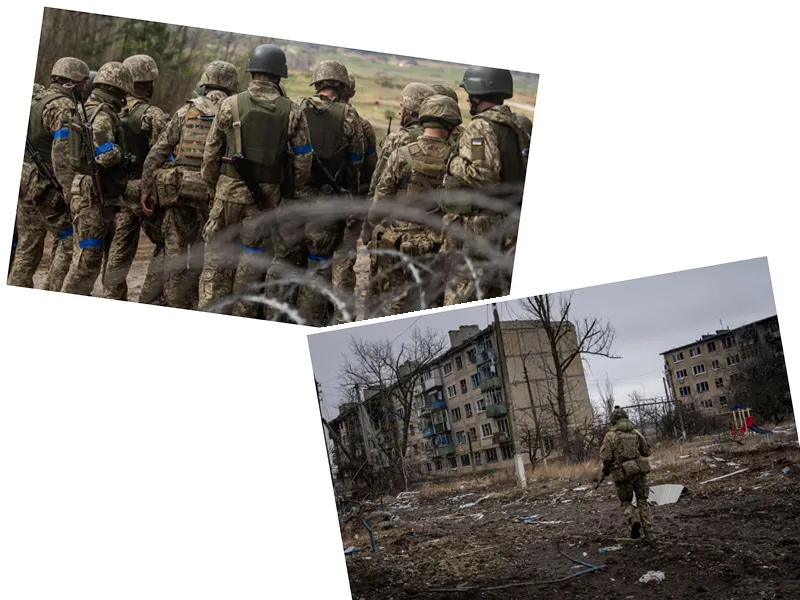The construction of the Eastern Shield is seen as a manifestation of the ongoing tensions between NATO countries and Russia, with Poland positioning itself as a frontline state in this geopolitical struggle.
The reliance on EU funding for defense projects highlights the interconnectedness of European security and economic policies, raising questions about the sustainability of defense initiatives without broader financial support from the EU.
Critics argue that the focus on fortifications may detract from more effective military strategies and preparedness, suggesting a need for a reassessment of defense priorities in the region.
If Poland successfully secures EU funding for the Eastern Shield, it may set a precedent for other member states to pursue similar defensive initiatives, potentially leading to increased military spending across Eastern Europe.
The ongoing construction and enhancement of borders may further exacerbate tensions between NATO and Russia, leading to a potential arms race or increased military presence in the region.
Political dynamics in Poland may shift as the government navigates public perceptions of security threats, possibly influencing future defense policies and international relations with the EU and the United States.
Poland has begun construction of a defensive line on its border with Russia as part of the Eastern Shield program, aimed at enhancing security amid perceived threats from Russia and Belarus. The initiative, announced by Prime Minister Donald Tusk, involves significant fortifications including trenches, minefields, and surveillance systems, with an estimated cost of 10 billion zlotys (approximately $2.5 billion) and completion targeted for 2028.
Poland plans to seek EU funding for this project, particularly when it assumes the rotating presidency of the EU Council in 2025. However, there are concerns about the availability of EU funds, with some reports suggesting that financing may not be accessible until the 2028-2034 budget period.
The Eastern Shield project has drawn criticism from experts who argue that it is based on exaggerated fears of a Russian threat. Some analysts assert that such fortifications may not significantly enhance Poland’s defense capabilities and are more about securing EU funding and political support from the United States than actual military necessity.
Neighboring Baltic countries, including Lithuania and Estonia, are also pursuing similar defensive measures along their borders with Russia, reflecting a broader regional strategy to bolster defenses against perceived aggression from Moscow.
- Polish officials have emphasized the need for these defensive structures as a response to the current geopolitical climate, particularly following heightened tensions in Eastern Europe. The cooperation among Poland and the Baltic states is viewed as a coordinated effort to strengthen NATO's eastern flank against potential threats.





